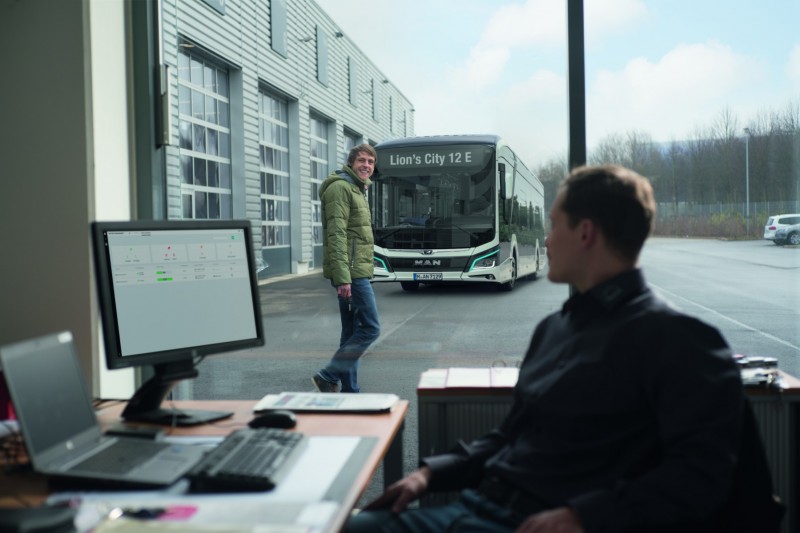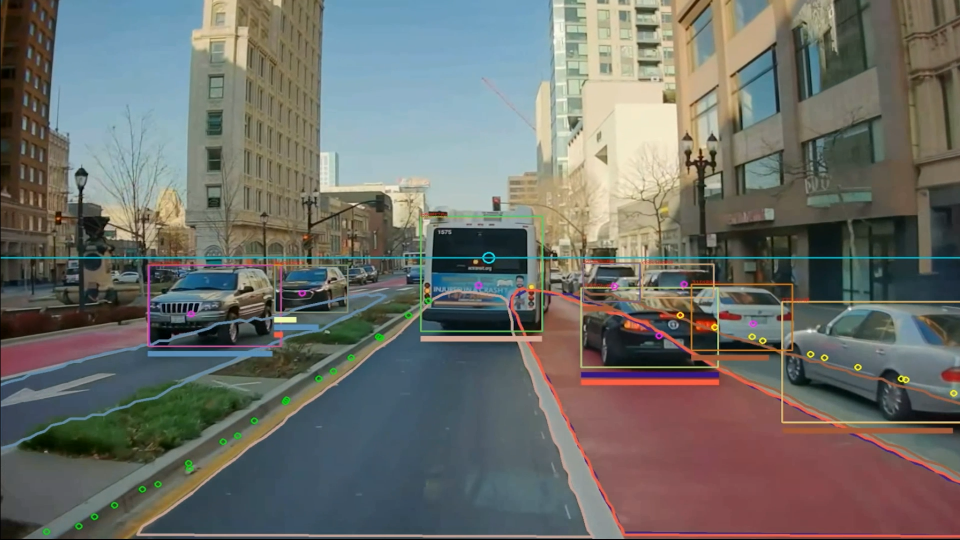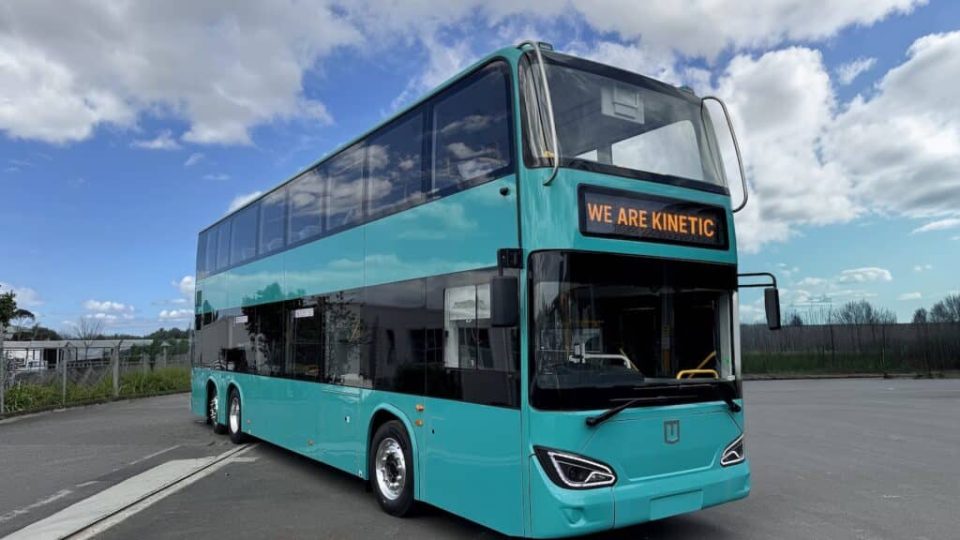Electric bus market on a rise, MAN: «We expect half of our new city bus sales to be alternative drive by 2025»
Sales of electric buses in the EU increased by 18.4% year on year from 2019 to 2020, according to ACEA’s figures. By contrast, the proportion of diesel engines fell by almost 10% in that time. “Overall, the European market for electric buses was more than 2,000 vehicles last year. And the trend is clearly upwards,” […]

Sales of electric buses in the EU increased by 18.4% year on year from 2019 to 2020, according to ACEA’s figures. By contrast, the proportion of diesel engines fell by almost 10% in that time. “Overall, the European market for electric buses was more than 2,000 vehicles last year. And the trend is clearly upwards,” says Rudi Kuchta, the Head of Business Unit Bus at MAN Truck & Bus. “We expect half of all new MAN city buses to run on alternative fuels by 2025.”
E-buses vs diesel buses (in cities)
Anyhow, in spite of the growing numbers of e-buses, their diesel-driven counterparts still constitute the vast majority of buses on EU roads. MAN underlines that, still according to the ACEA, there were more than 690,000 buses in 2019, with an average age of 11.7 years. Fully 94.5% of these were diesel-powered and only 0.6% purely electric.
Potrebbe interessarti
Covid, hybrids, hydrogen and gas drives. Rudi Kuchta outlines MAN bus strategies
“The figures and our experience show that electromobility is gathering pace. At the same time, it’s clear that there is still enormous potential. If diesel buses with outdated technology are replaced by modern electric buses, this will make an enormous contribution towards lowering CO2 emissions,” Kuchta says. “That’s a central building block for countering climate change.”
The evidence is clear, MAN calculates: if a bus travels an average of 50,000-60,000 kilometres a year and consumes between 36 and 49 litres of fuel per 100 kilometres (5.8-7.8 MPG) depending on its use, the topography and the vehicle type, switching local public transport to an e-bus generating no emissions whatsoever can save about 60-80 tonnes of CO2 a year when compared directly with a diesel bus and employing the current electricity mix.

In August 2021 the Clean Vehicle Directive went into force. This sets binding emission standards for local bus fleets. Municipalities must therefore chart a course towards emissions-free mobility. The aim: to move from low emissions to no emissions. “An increasing number of public transport companies have understood this and are only considering battery powered city buses when making new acquisitions. Either that or they are setting clear target dates for converting their entire fleet to emission-free drives,” Kuchta says.
MAN Lion’s City E, range is not an issue
For months now, the MAN Lion’s City E (a latest major order was signed in Sweden) has been on a roadshow in more and more towns and cities across Europe. During a MAN test drive in Munich in May this year, it also managed to surpass the 550 kilometre mark for driving in realistic everyday conditions on a single charge.
“The question of distance also plays an important role for our customers. After all, a single electric vehicle must in future be able to take over the lines currently being served by a vehicle with an internal combustion engine. At the MAN Efficiency Run, our e-bus showed in impressive style how suitable electromobility already is for everyday use,” Kuchta says. That’s because even with a realistic reach of “only” 400 kilometres in regular use, the bus was able to cover 98% of the routes served by MAN customers – without having to recharge its batteries along the way. It can then be recharged back at the depot, with the added advantage that operators needn’t invest in additional charging infrastructure elsewhere in town.

News are expected regarding battery options on the e-bus range, anyhow. To help public transport operators adapt their electric bus perfectly to the specific deployment, «MAN is offering two different battery usage strategies for the Lion’s City E: alongside the tried-and-tested “Reliable Range” strategy, there is now also the “Maximum Range” strategy, which offers an even greater daily range», the company says.
MAN: the future of urban mobility is electric
To best assist transport operators in moving towards emission-free mobility, MAN Truck & Bus offers an all-inclusive concept comprising comprehensive e-mobility advice and tailored, forward-looking solutions. After all, for MAN, too, the future of urban mobility is electric, the manufacturer points out. “We are convinced that electromobility is the key technology for the utility vehicles of the future. That’s why we are working together with our customers to drive technologies and progress ever further forwards,” Kuchta says. This is based on the MAN Lion’s City E, which can provide a fully electric solution for local public transport.










